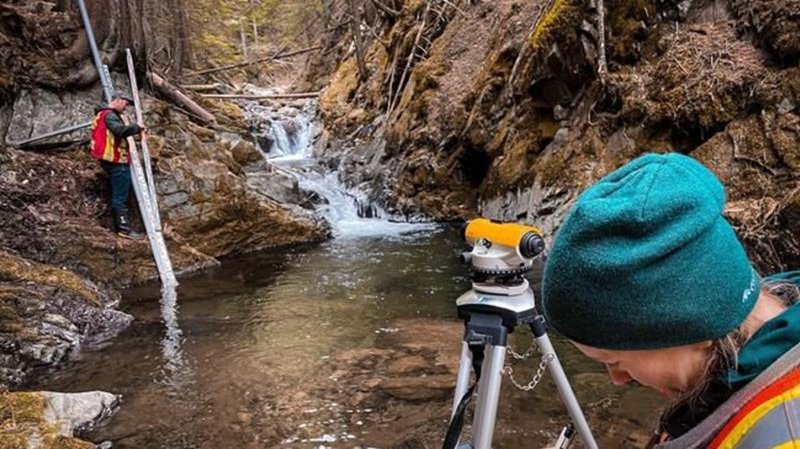
B.C. doesn’t know where all its groundwater is going. Experts worry as drought looms
VANCOUVER — Growing up on a ranch in the Columbia River Valley, water has always been part of Kat Hartwig’s life, and over the years, she’s noticed changes.
Marshy areas her family used for irrigation or watering cattle are dry, wetlands are becoming “crunchy” rather than spongy underfoot, and snowmelt is disappearing more quickly each spring, ushering in the dry summer months, Hartwig says.
Climate science supports her observations, showing that global heating is causing warmer temperatures and increasingly severe droughts in British Columbia.
Hartwig, who advocates for better water policy, and others say drought is exposing cracks in how the province manages water.


